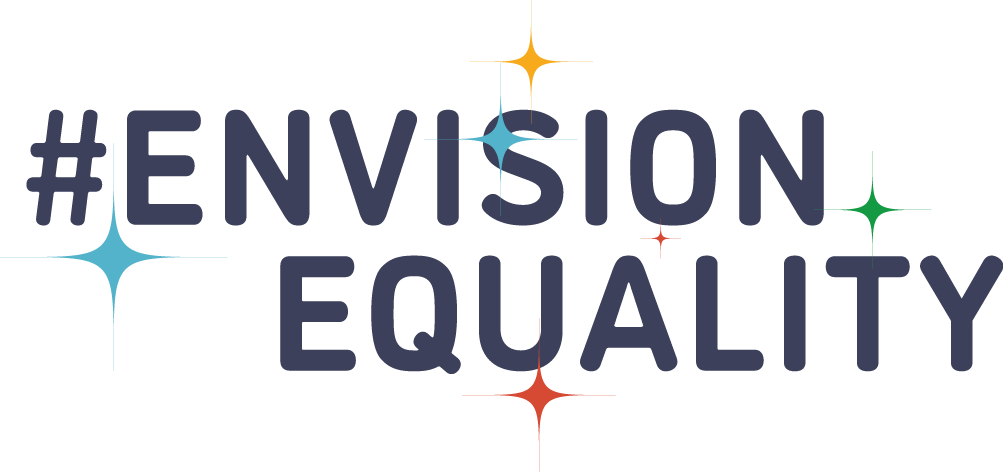
Congresswoman Barbara Lee
Democratic U.S. Representative of California; Co-chair of the House Democratic Leadership Team; Human rights advocate
What would a gender equal world look like? How will we know when we’ve achieved it?
The COVID-19 pandemic reaffirmed that our global economy depends on women, but also that structural inequities still persist, especially in marginalized and low-income communities. Women represent 70% of the global health and social care workforce, putting them on the frontlines of fighting this pandemic, but are also at greater risk of domestic violence, job loss and restricted access to reproductive health services.
A gender equal world would require addressing systemic inequality and creating a world without sexism, discrimination or gender-based violence. It would also mean ensuring equal access to economic and public health resources. Intersectionality, a term coined by Professor Kimberlé Crenshaw, is also extremely important. We can’t view race, class or gender in a silo, and our efforts to recover from this global pandemic must include women from all communities and backgrounds.
Gender equality is not only a human right but is also fundamental for a peaceful and prosperous world. Women’s equality and empowerment is one of the 17 UN Sustainable Development Goals, but to achieve this we need to end discriminatory laws and center marginalized and underrepresented groups in our efforts. This will take all of us to work together to create a more just society for our children and grandchildren.
Given the current status of the world, what gives you hope and inspiration that we can achieve equality?
Despite many systemic barriers, women have more seats at the table now than ever before in history. The number of women running for elected office, serving in Congress and holding executive positions in the private sector gives me hope that we can achieve equality.
There are numerous studies demonstrating that women’s leadership in political decision-making processes improve the decisions and that women make significant strides in working across party lines on critical issues from parental leave and childcare to electoral reform. Our presence in these leadership roles is critical.
If we’re sitting in the future celebrating our success at achieving equality, what have we achieved, who is celebrating with us and how are we experiencing the world differently?
My advice to my colleagues fighting for the Equal Rights Amendment and gender equality is not to start in the middle. We cannot stand for compromises on equal rights and justice. We must demand equality —period. We also have to be persistent. I’ve been pushing for reproductive rights and gender equality for decades and we are finally making progress, but it takes time. Lastly, we need to work from the outside in. Advocates and activists are the people who make Congress run. Engage with the people and you won’t be steered in the wrong direction.

